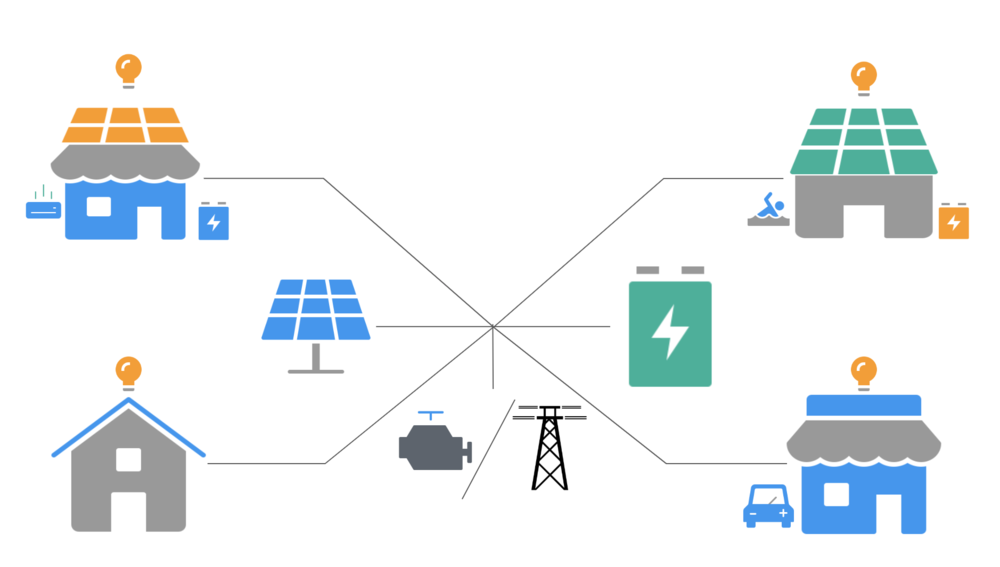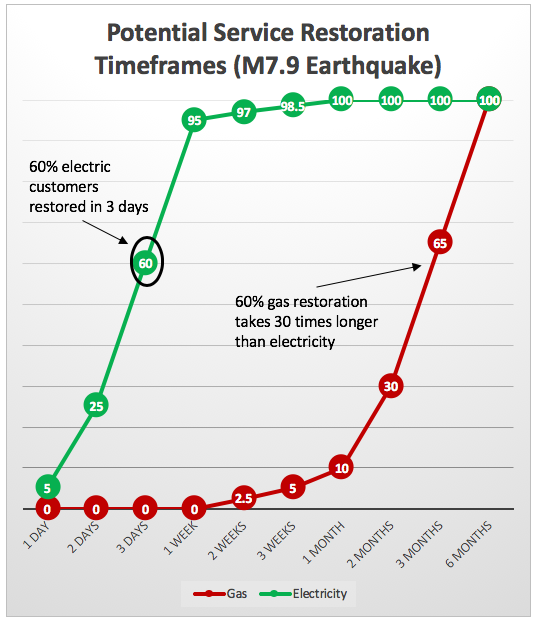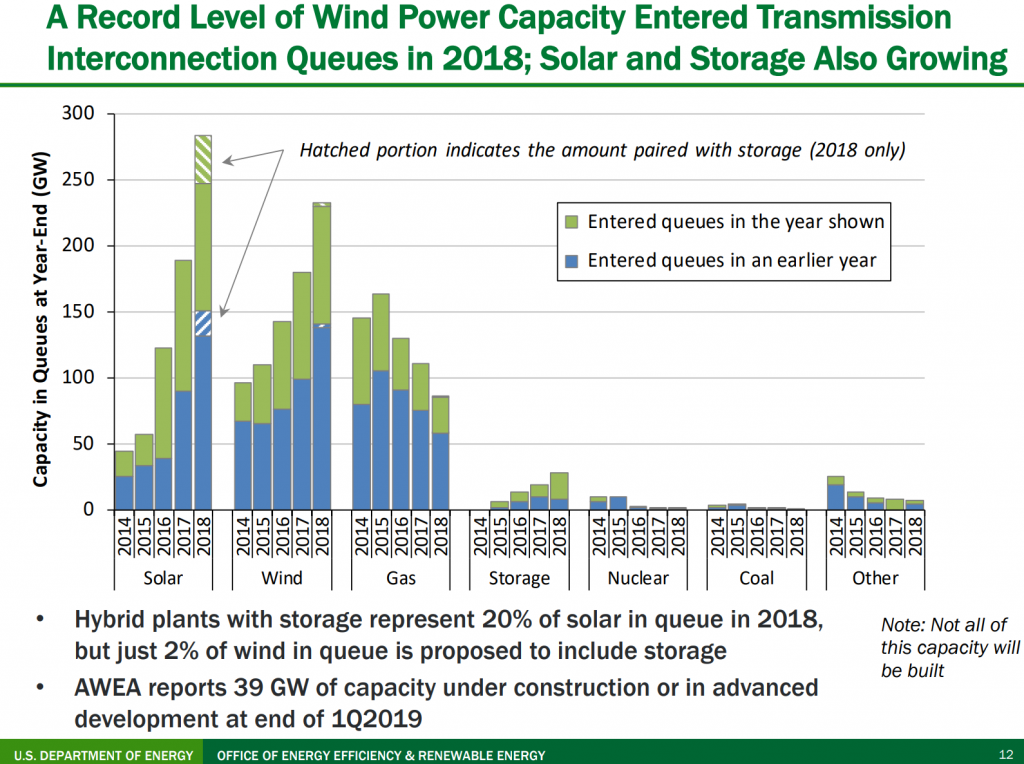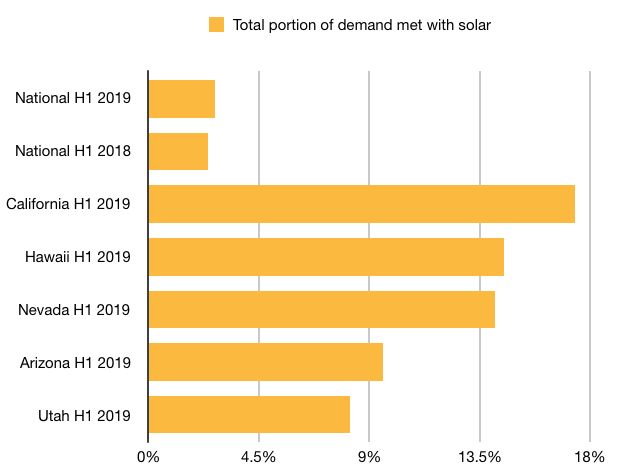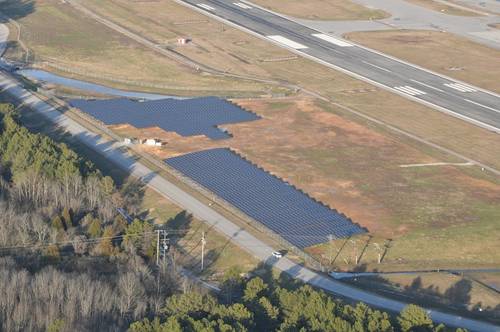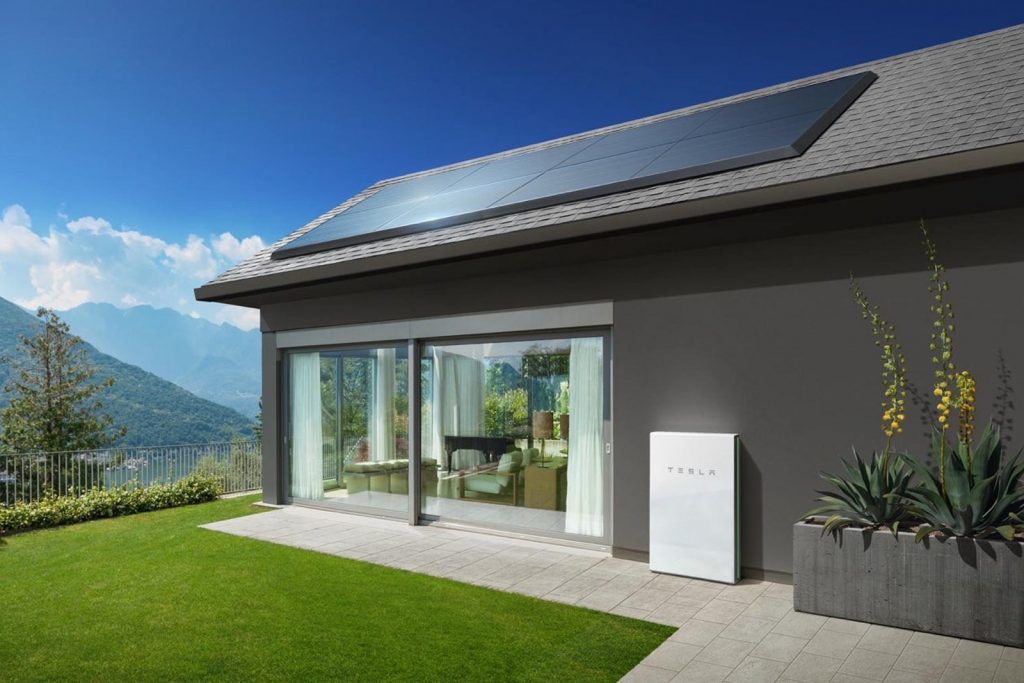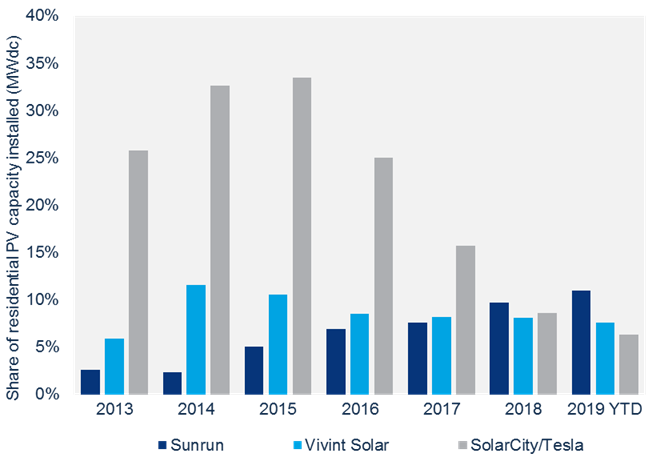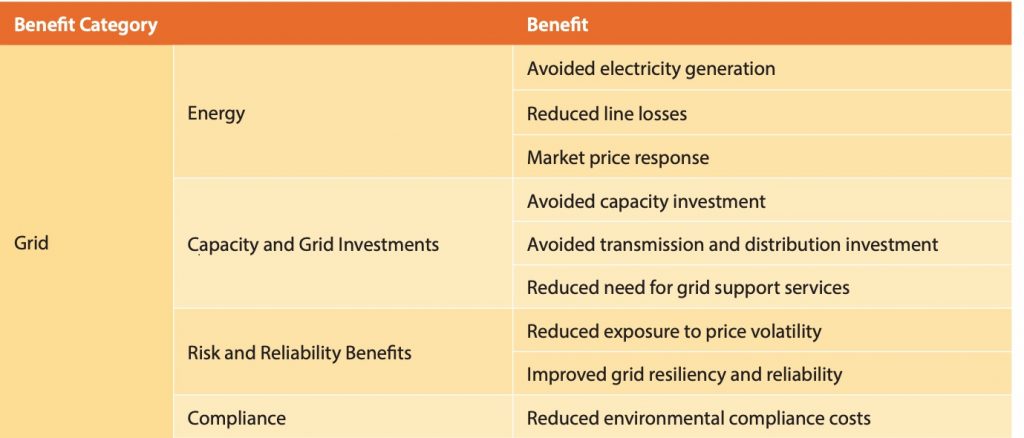New York City has just announced plans to replace 2 natural gas plants in Queens with lithium ion battery storage.
In another PV Magazine inspired post, we will take another look at the importance of energy storage in our completely renewable energy future.
The Ravenswood Energy Storage Project will be a 316 MW facility capable of 2,528 MWh of power output. This is enough electricity to provide 250,000 homes with power for 8 continuous hours. The same company that currently owns the existing 16 gas peaker plants is the same one developing this project. This is further proof of the now financially viable energy storage market. The project will be completed in three phases, with the first one coming online in 2021.

“When complete, this facility will displace energy produced from fossil fuel plants during peak periods, resulting in cleaner air and reduced carbon” – New York State Public Commission Chair – John B. Rhodes. Governor Cuomo is also in full support of the Ravenswood project as a part of his pledge to bring more jobs and clean energy to the state of New York. In fact, the governor’s plans are to have the state’s electricity sector become emission free by 2040. This timeline is faster than any other state.
While this energy storage system will be fed electricity from all sources both green and fossil fuel, the overall net effect is a positive one simply because it is replacing natural gas plants. Carbon emissions will be lower in general. Of course, the state’s goal is to move towards more clean energy production over time, which include 6 gigawatts of distributed solar power by 2025. This is just one part of the Governor’s Green New Deal for the state of New York.
The owners of the Ravenswood energy site have obviously crunched the numbers here. Battery storage represents a more attractive long term investment compared to natural gas. Eventually this transition would become a necessity as fossil fuels are inherently limited. Another bonus for the company is that it is in alignment with New York’s goals of transitioning to a clean energy society. It’s a win-win across the board. This and other large scale battery projects will soon be fed nothing but clean, renewable energy as well.
We can all look forward to many more energy storage projects like this one arriving real soon!

